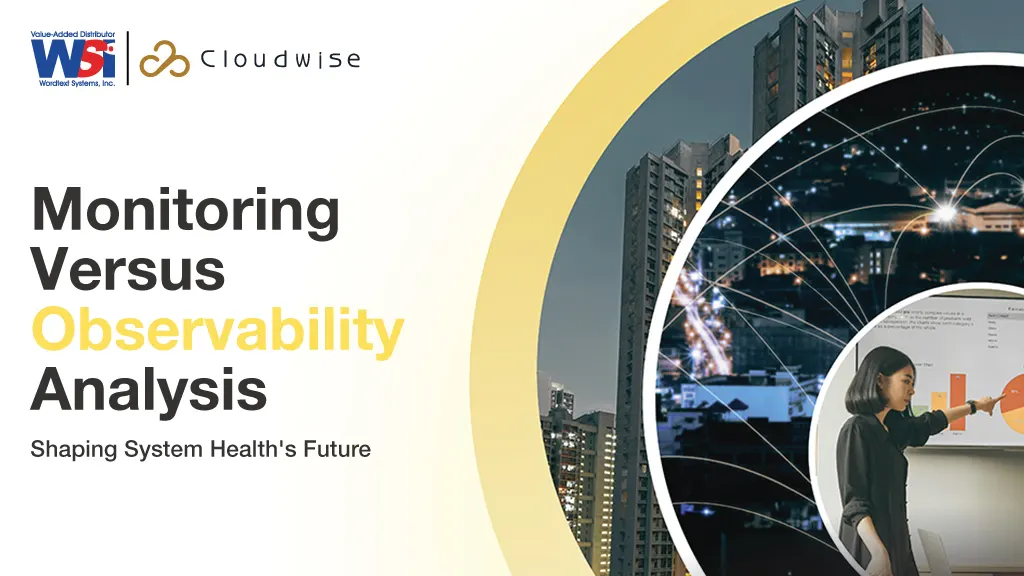In the rapidly evolving landscape of IT infrastructure and system management, the terms “observability” and “monitoring” are often used interchangeably. However, they represent distinct concepts with unique implications for how organizations approach system health and performance. Understanding the differences between observability and monitoring is crucial for modern enterprises aiming to predict and prevent issues before they impact the user experience. This article delves into these concepts, highlighting the proactive nature of observability and its role in enhancing traditional monitoring practices.
Monitoring: The Foundation of System Health
Monitoring, a well-established practice in IT, involves the collection of data points – like logs, metrics, and error reports – to assess the health of systems. It’s reactive in nature, providing alerts and insights after events have occurred. Monitoring tools are designed to track the status of systems and alert engineers to issues like outages, resource depletion, or performance degradation. For many years, monitoring has been the cornerstone of IT operations, enabling teams to maintain system uptime and reliability.
Observability: A Proactive Approach
Observability, on the other hand, is a more holistic and proactive approach. While monitoring focuses on known issues and predefined metrics, observability extends beyond this to understand the system’s internal state based on external outputs. It’s about uncovering the unknowns – predicting and diagnosing issues before they escalate into user-impacting problems.
Observability is built upon three pillars: metrics, logs, and traces. However, it goes a step further by adding context and connecting these data points to provide a comprehensive understanding of the system. This approach allows IT teams to not only detect issues as they happen but also to predict and prevent future problems based on trends and patterns.
Incorporating Monitoring into Observability
Monitoring is a subset of observability. While monitoring alerts us to the issues, observability helps us understand why these issues occurred. In an observable system, monitoring tools gather data, but the analysis of this data is more in-depth and contextual. This integration enables a shift from simply reacting to issues to understanding the system’s behavior and making informed decisions.
Predictive Analysis and User Experience
One of the key benefits of observability is its ability to predict issues before they impact the user experience. By analyzing trends and patterns in the collected data, observability tools can identify potential problems before they escalate. This predictive capability is crucial in today’s fast-paced digital environment, where even minor disruptions can significantly impact customer satisfaction and business outcomes.
Contextual Understanding: Beyond Data Points
Observability’s power lies in its ability to provide context to the data. It’s not just about collecting metrics, logs, and traces but understanding the relationships between them. This contextual understanding helps in pinpointing the root causes of issues, leading to faster resolution times and more effective preventive measures.
The Role of AI and Machine Learning
The future of observability is closely tied to advancements in AI and machine learning. These technologies enable more sophisticated analysis of vast amounts of data, automating the detection of anomalies and trends that might indicate potential issues. AI-driven observability tools can learn from past incidents to enhance predictive capabilities, further reducing the risk of system failures and downtime.
Observability in DevOps and Agile Environments
In DevOps and agile environments, where rapid deployment and continuous iteration are the norms, observability plays a critical role. It enables teams to maintain system health amid frequent changes, providing the insights needed to balance speed and reliability. Observability fosters a culture of continuous improvement, where feedback from system performance directly informs development and operational strategies.
Conclusion: A Holistic View of System Health
In conclusion, while monitoring remains essential for IT operations, observability represents the future of system health. By incorporating monitoring as one of its facets and adding deeper context and understanding, observability offers a more proactive and comprehensive approach. It empowers organisations to predict and prevent issues, ensuring optimal user experience and system performance. As technology continues to evolve, the role of observability will only grow, becoming an indispensable tool in the arsenal of IT professionals.


